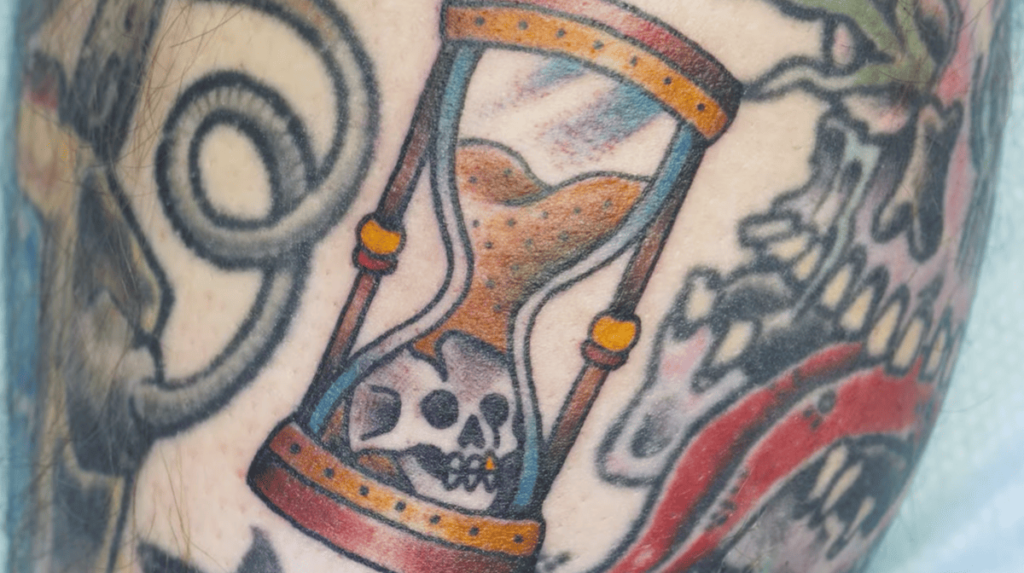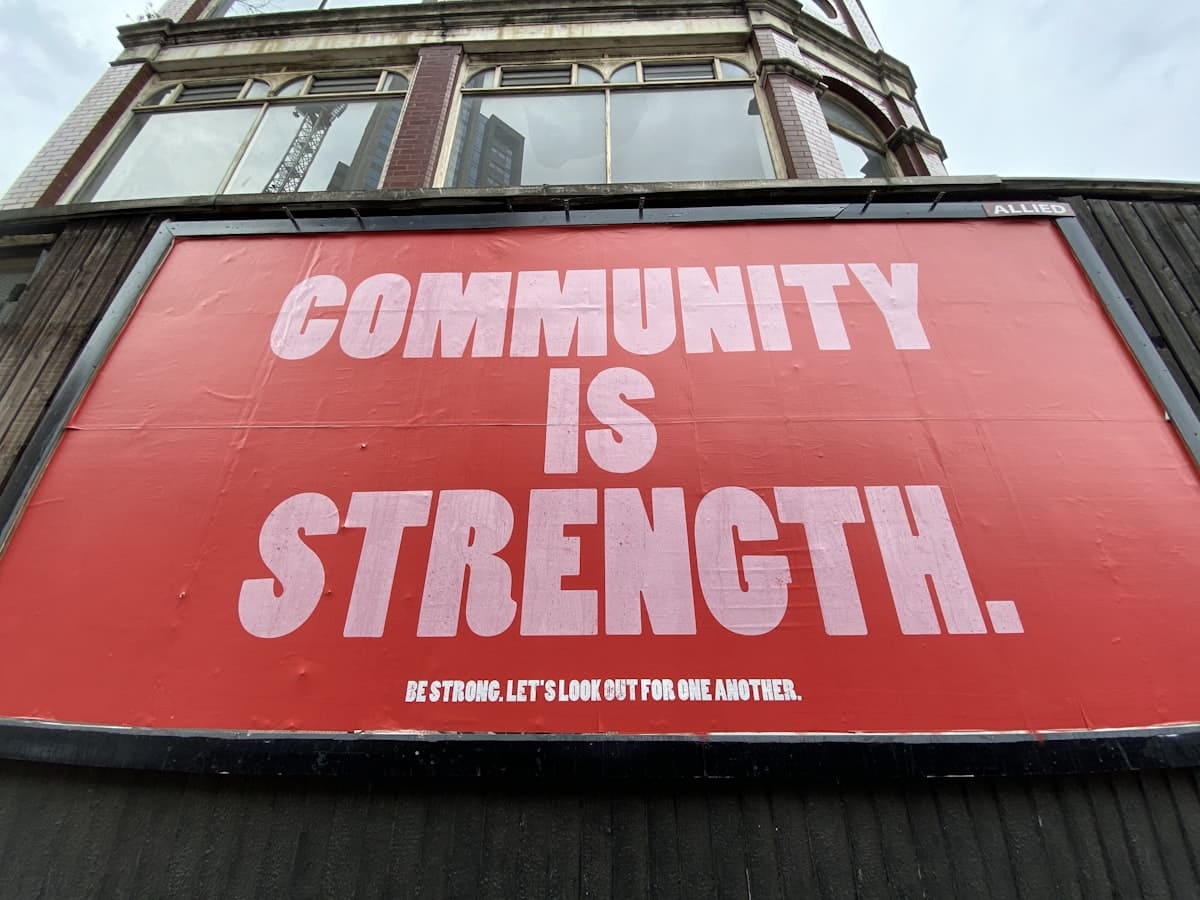If you spent all your free time drawing while growing up, becoming a tattoo artist might be the perfect option for taking your passion to a new canvas: real people!
However, tattooing requires a lot of skill and a deep understanding of how to keep your clients and yourself safe (since tattoos are technically considered an open wound).
If you’re curious about which steps to take to prepare for a tattoo career, you’re in the right place.
Table of Contents
1. Understand the Legal Requirements
Every state has different prerequisites for tattoo artists to work legally. However, in most states, you’ll find similar legal requirements:
- ID stating that you are 18 years old
- High school diploma or GED
- Bloodborne Pathogens Certification
- Hepatitis B vaccination (or vaccination declination form)
In some states, you’ll need to complete an in-person apprenticeship or attend a tattoo school. Generally, you can start both of these at 18 years old. Many states have no specific requirements and you’ll get hired by a tattoo shop on your skills alone.
2. Get Your Bloodborne Pathogens Certification
As a tattoo artist, you are piercing the skin with a tattoo needle, which means you’ll be working around blood. That is why taking a Bloodborne Pathogens course is required in most states for tattoo artists. You need to make sure that you don’t spread bloodborne diseases to yourself or other clients.
You can usually take an online course for this, and it will teach you how to tattoo safely. This includes:
- Wearing a new pair of gloves for every client
- How to properly clean your tattoo station between clients
- Using a brand new needle for every single client
You might also consider taking additional safety training like a CPR and First Aid Course.
3. Learn How to Draw for Tattoos

Drawing for tattoos is different than drawing on paper. This is for a few reasons:
1. Bodies aren’t shaped like a piece of paper.
When you’re drawing normally, you’re working with a rectangle paper or canvas. But with a tattoo, you’re usually working with someone’s limb, which is long and skinny and mostly oval-shaped. You’re also working with the body’s curves due to the body’s muscles.
Being able to draw tattoo designs properly means making sure the movement in your artwork follows the shape and flow of the body.
2. Skin changes how tattoos look over time.
The body is constantly changing. As a person’s skin ages and their body continues to break down the tattoo ink, that will affect the way their tattoos look. The main differences will be that the tattoo’s linework will expand a bit and the ink will fade.
When you’re drawing a tattoo, you need to take that into account. Putting a lot of little lines close together will mean the lines will merge together overtime and look like a blob in the skin. Additionally, you want to make sure that you have enough dark shading in your design so that as the tattoo fades, it’s still easy to tell what it’s supposed to be.
3. There are specific tattoo styles.
Because the skin changes how tattoos look over time, tattoo artists have developed specific design styles that look good on skin over time. Learning how to draw those styles will help you create designs that work well as tattoos. It also makes it easier for your future tattoo clients to tell you what they want because most of them will know which tattoo style they like the most.
Some of the most popular tattoo styles include:
- American Traditional
- Neo Traditional
- New School
- Tribal
- Fine Line
- Script
- Traditional Japanese
- Neo Japanese
- Realism
4. Put your best work into a tattoo portfolio.
A portfolio should include the best tattoo designs you’ve drawn. You can put them inside a binder (plastic sleeves recommended).
This should be a professional, neat presentation of your artwork:
- Don’t include half-finished sketches, only completed work
- Add a couple flash sheets of small, popular designs
- If you plan to take your portfolio into a tattoo shop to become an apprentice, include 10-15 pages for a potential mentor to look at.
4. Learn How to Tattoo

If you plan to learn in-person in a tattoo studio from a professional tattoo artist as an apprentice, you will need to take your portfolio into the shop. It’s a good idea to just ask for feedback on your artwork the first time you go to a shop before asking for an apprenticeship. Please note that an apprenticeship usually means working fulltime for free for some time.
If you want to start learning to tattoo or you want to skip the apprenticeship phase (if your state allows it), you can learn how to become a tattoo artist from an online course. This means you can practice tattooing at home on silicone fake skin and learn all the tattooing techniques you need before tattooing on real people.
You will need to learn the following skills:
- How to set up and tear down your tattoo station safely
- How to prepare and apply a stencil to the skin
- Linework Techniques
- Shading Techniques like whip shading, pendulum shading, and packing ink
- Color Blending
- How to properly clean and wrap a finished tattoo
5. Share Your Journey on Social Media
Having people who follow you and want to get tattooed by you will make it much easier to start making money as a tattoo artist when you’re ready to take on clients.
The easiest way to get that jump start on your career is to share your progress as you learn how to tattoo. Posting your work and your story to social media platforms helps people find and follow you. (Having built-in customers will also make you stand out to shops when you go to look for a job as a tattoo artist as well).
Final Thoughts
If you’re a teen looking to get into the tattoo industry, getting a head start on training requirements, building a tattoo portfolio, and building a following of people who will become your future tattoo clients can give you a leg up. Good luck on your tattooing journey!









